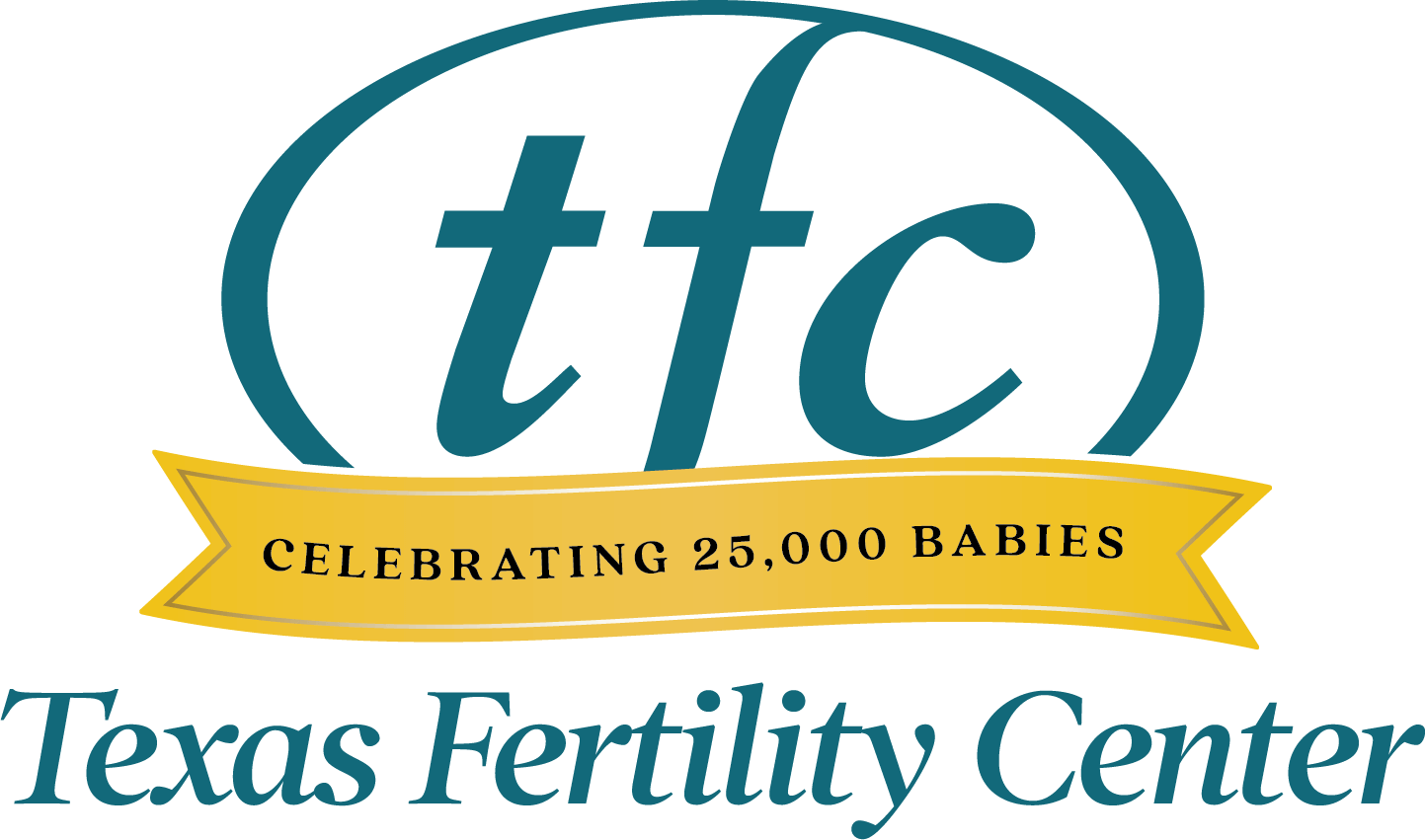
Hysteroscopy is a minimally invasive procedure that allows your fertility specialist to visualize the inside of your uterus
Hysteroscopy is performed using a hysteroscope: a narrow, lighted device that is passed through the vagina and cervix and into the uterine cavity. Using a small fiber optic camera attached to the device, an image of your uterus is projected onto a viewing screen. The uterus is then expanded using fluid to allow for better visualization. The procedure requires general anesthesia. If biopsy or treatment is necessary, other instruments may also be used with the hysteroscope. It is performed for both diagnosis and treatment of various uterine conditions.
Hysteroscopy allows your gynecologist to diagnose abnormalities in the uterine lining or the cavity
Congenital abnormalities – including uterine septum, a condition where the uterus is divided by a band of tissue
Abnormal uterine bleeding – used to identify causes of bleeding problems
Repeated miscarriage – diagnose the cause of two or more consecutive miscarriages
Certain conditions can also be corrected during operative hysteroscopy. These include:
- Removal of adhesions caused by infection or previous surgery
- Treatment of polyps and fibroids
- Resection of a uterine septum
In most cases, patients are able to return home shortly after the procedure, once the effects of anesthesia have worn off. It is common to experience a small amount of vaginal bleeding or bloody discharge along with some mild cramping until the next period. Heavy bleeding, fever or intense pain is not normal and should be reported to your doctor immediately.
Dr. Susan Hudson, who is board certified in obstetrics & gynecology, as well as reproductive endocrinology and infertility, provides the full spectrum of fertility surgical procedures and treatments for women in South Central Texas. Call Texas Fertility Center New Braunfels today to schedule an appointment.



